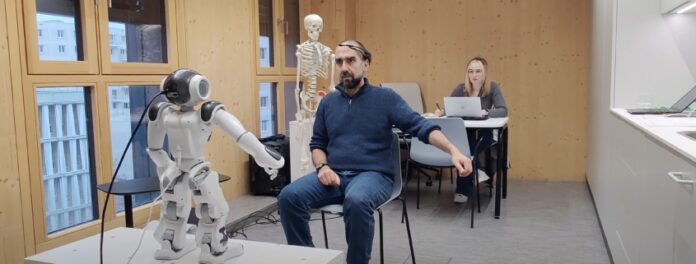Stroke and brain injury survivors often face prolonged and arduous rehabilitation journeys, requiring consistent and tailored therapy. Recent innovations in robotic systems are offering a promising solution, enabling patients to manage their own rehabilitation with greater ease and efficacy.
A notable advancement in this field involves robots designed to facilitate self-managed rehabilitation. These sophisticated robots provide personalized exercise regimens that patients can perform in the comfort of their homes. Equipped with advanced sensors and algorithms, these robots monitor patients’ movements, offer real-time feedback, and adjust the difficulty of exercises based on individual progress. This approach ensures a more dynamic and responsive therapy experience, helping to maintain patient engagement and motivation throughout their recovery.
For survivors of stroke and brain injuries, maintaining motivation is crucial. Traditional rehabilitation methods can be tedious and time-consuming, often leading to frustration and decreased adherence to therapy. Robotic therapy systems address this challenge by making rehabilitation more interactive and tailored to each patient’s needs. This not only enhances the effectiveness of therapy but also empowers patients to take an active role in their recovery.
Additionally, the data collected by these robotic systems can be shared with healthcare providers, enabling remote monitoring and necessary adjustments to the rehabilitation plan. This continuous connection between patients and therapists ensures that therapy remains on track and that outcomes are optimized.
In conclusion, robotic systems for self-managed rehabilitation represent a significant advancement in the recovery process for stroke and brain injury survivors. By providing personalized, interactive, and motivating therapy options, these robots are transforming the approach to rehabilitation, offering hope for improved outcomes and a better quality of life for those affected.




